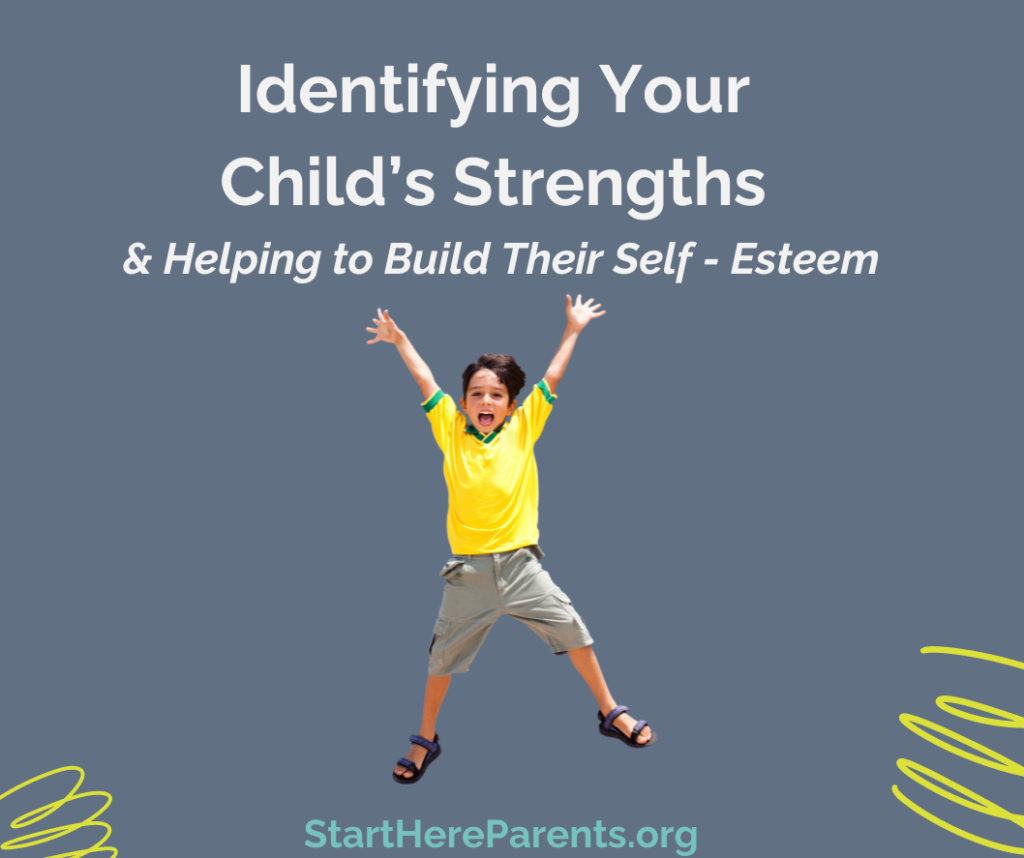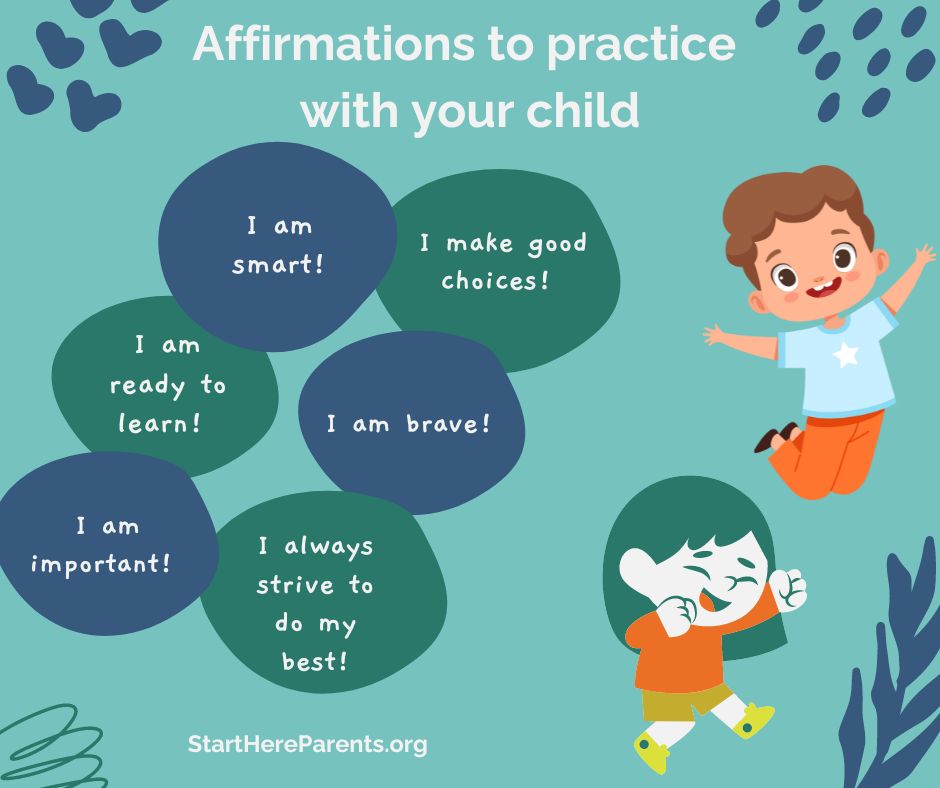
When you have a child so much of your job as a parent is identifying ways to help your youngster grow and develop. After all, it’s your job to teach them the skills needed to navigate through the complexities of life which makes it easier to focus on the things your kid is doing incorrectly. When you have a child with disabilities this can be doubly true as so much of your life is advocating for the supports and services they need and deserve. Focusing on the areas where your kid needs more development is perfectly normal. This piece serves as a reminder that we all have areas where we could advance, and taking time to focus on your child’s strengths is just as important!
School or ‘traditional learning’ skills are great to have as strengths- problem solving, reading and critical thinking- but they are not the only strengths that matter. There are many different ways to categorize strengths. To prompt some ideas we’ve listed categorizations and examples below.
Resilience
- Learns from mistakes
- Can solve problems
- Works hard at tasks
- Can be in a stressful situation or moment and move forward
- Shows an ability to learn
- A fair loser and winner
Creativity
- Dances, acts, sings or plays an instrument
- Enjoys drawing or color
- Reacts to color, art, music or other sounds
- Brainstorms new ideas
- Keeps a diary or journal
- Likes to puzzle or fix things or play number games or explore a special interest
Empathy
- Likes to take care of animals (or play take care of them)
- Likes to perform ‘acts of service’
- Does community service projects
- Acts appropriately around an infant or small animal
- Can express how they think someone else is feeling
- Responds to movies or plays with appropriate emotions
- Tolerant of others
- Can apologize
Curiosity
- Asks questions
- Has a desire for connection / friendship
- Engages in multi-sensory learning
- Thinks outside the box
- Has opinions
- Independence
- Uses words or communication tools to express needs, wants and ideas
- Follows rules and routines well
- Sets goals
- Initiates tasks
- Can follow directions
- Is able to ask for help when needed
- Can plan for the future or articulate future goals
- Has good hygiene / cares about hygiene
Self-Regulation
- Works hard
- Asks for help when needed
- Chooses to do things without being asked
- Able to do things they do not enjoy
- Able to refocus
- Processes information and responds, even if delayed
- Can adapt to a change in plans or schedule
- Can patiently wait
- Ability to have joint and divided attention
- Ability to have sustained or selective attention
Cooperation / Social
- Helps others
- Is a good listener
- Puts effort into making friends and keeping them
- Makes jokes or understands puns and sarcasm
- Accepts people’s differences
- Tells the truth
- Makes an effort to make people feel comfortable
- Introduces themselves to new people
- Generous with sharing
- Friendly to new people
- Respects the feelings of others
This is in no ways an exhaustive list. It’s a starting point to help you (parents) identify different ways to identify and name some of strengths your child might have. This is just a starting point as no one knows your child as well as you!
We all have areas where we could improve. Taking the time to talk about, acknowledge and celebrate our strengths is an important part of being kind to- and knowing more about- ourselves and our children. It’s connective to talk about the things we are good at. It also helps to build self esteem – encouraging all of us to walk through the world with the courage to try new things!
Reminder, everyone needs support and encouragement!

Suggested activities to do with children to identify strengths and raise self-esteem:
Try making a “strengths chain” with your child. Think, paperchain but with a strength that you talk through together and connect the links. Or, you can do some and your child can do some independent and connect the links together. This can be fun to see if there is any overlap!
Strengths chain worksheet and video here.
Your child can also make an “accomplishments box.” It’s a fun way for kids to see what they’re doing well. For an accomplish box toolkit visit here.
